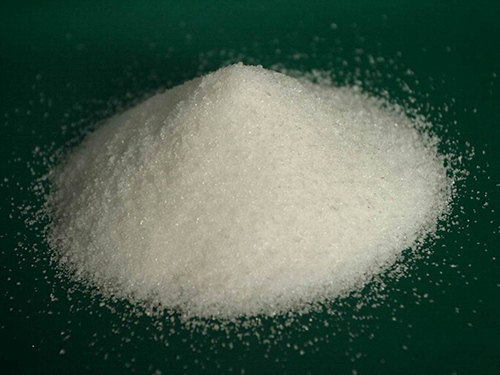Exploring the Applications and Benefits of Cationic Polyacrylamide in Various Industries
Cationic Polyacrylamide An Overview of Its Properties, Applications, and Environmental Impact
Cationic polyacrylamide (CPAM) is a water-soluble synthetic polymer derived from acrylamide, characterized by its positive charge due to amino groups in its structure. This polymer has gained considerable attention and popularity in various industries due to its versatility and efficacy in different applications.
Properties of Cationic Polyacrylamide
Cationic polyacrylamide possesses unique properties that make it suitable for a wide range of applications. One of its most notable features is its high molecular weight, which can range from tens of thousands to several million daltons. This high molecular weight contributes to its ability to increase viscosity and improve the stability of colloidal systems.
The cationic nature of CPAM enhances its reactivity with negatively charged particles, such as organic and inorganic materials commonly found in water. This makes CPAM an excellent flocculating agent. When added to suspensions, it promotes the aggregation of particles, facilitating their removal via sedimentation or filtration. Additionally, CPAM is biodegradable under certain conditions, allowing for environmentally-friendly disposal, which is an essential consideration in today's industrial practices.
Applications of Cationic Polyacrylamide
Due to its properties, cationic polyacrylamide is extensively used in various fields, including wastewater treatment, papermaking, mining, and oil recovery.
1. Wastewater Treatment One of the primary applications of CPAM is in the treatment of municipal and industrial wastewater. It acts as a flocculant, helping to remove suspended solids, organic matter, and harmful contaminants from wastewater. The use of CPAM enhances the efficiency of sedimentation processes, leading to clearer effluent and reduced environmental impact.
cationic polyacrylamide

2. Papermaking In the paper industry, cationic polyacrylamide is utilized as a retention and drainage aid. It improves the retention of fines and fillers in the paper sheet, leading to better paper quality and reduced production costs. Additionally, CPAM can enhance the strength of paper products and help control water drainage during manufacturing.
3. Mining Operations CPAM is also employed in mining processes, particularly in the extraction of minerals. It aids in the clarification of mineral slurries, enhancing the recovery of valuable ores while minimizing waste. Its use can lead to significant cost savings and improve the overall efficiency of mining operations.
4. Enhanced Oil Recovery In the oil and gas industry, cationic polyacrylamide is applied in enhanced oil recovery processes. By altering the mobility of oil within reservoirs, CPAM can help extract additional oil that would otherwise remain trapped. This application is particularly valuable as the industry seeks to maximize recovery from diminishing reserves.
Environmental Impact and Safety Considerations
While cationic polyacrylamide has numerous benefits, it is crucial to consider its environmental impact. Though CPAM is generally regarded as biodegradable, the conditions under which it breaks down can vary. The release of polyacrylamide into natural water bodies can potentially harm aquatic life, particularly due to its polymeric structure that may disrupt the ecosystem. Therefore, it is essential for industries utilizing CPAM to follow stringent regulations and implement effective wastewater management strategies to minimize environmental risks.
Furthermore, safety considerations are vital when handling this polymer. Acrylamide, a component of CPAM, is classified as a potential carcinogen, posing health risks to workers if not managed properly. It is imperative that safety protocols, including the use of personal protective equipment and proper ventilation in working areas, are adhered to during the production and application of cationic polyacrylamide.
Conclusion
Cationic polyacrylamide is a multifaceted polymer that has revolutionized various industries due to its excellent flocculating capabilities and versatility. Its application ranges from wastewater treatment and papermaking to mining and oil recovery, showcasing its significance in modern industrial processes. However, as industries benefit from its use, it is equally important to address the environmental and safety implications associated with CPAM. Through responsible use and regulatory compliance, the full potential of cationic polyacrylamide can be harnessed while minimizing its impact on human health and the environment.
-
lk-319-special-scale-and-corrosion-inhibitor-for-steel-plants-advanced-solutions-for-industrial-water-systemsNewsAug.22,2025
-
flocculant-water-treatment-essential-chemical-solutions-for-purification-processesNewsAug.22,2025
-
isothiazolinones-versatile-microbial-control-agents-for-industrial-and-consumer-applicationsNewsAug.22,2025
-
scale-inhibitor-key-solutions-for-water-system-scale-preventionNewsAug.22,2025
-
organophosphonates-versatile-scale-inhibitors-for-industrial-water-systemsNewsAug.22,2025
-
scale-and-corrosion-inhibitor-essential-chemical-solutions-for-water-system-maintenanceNewsAug.22,2025





